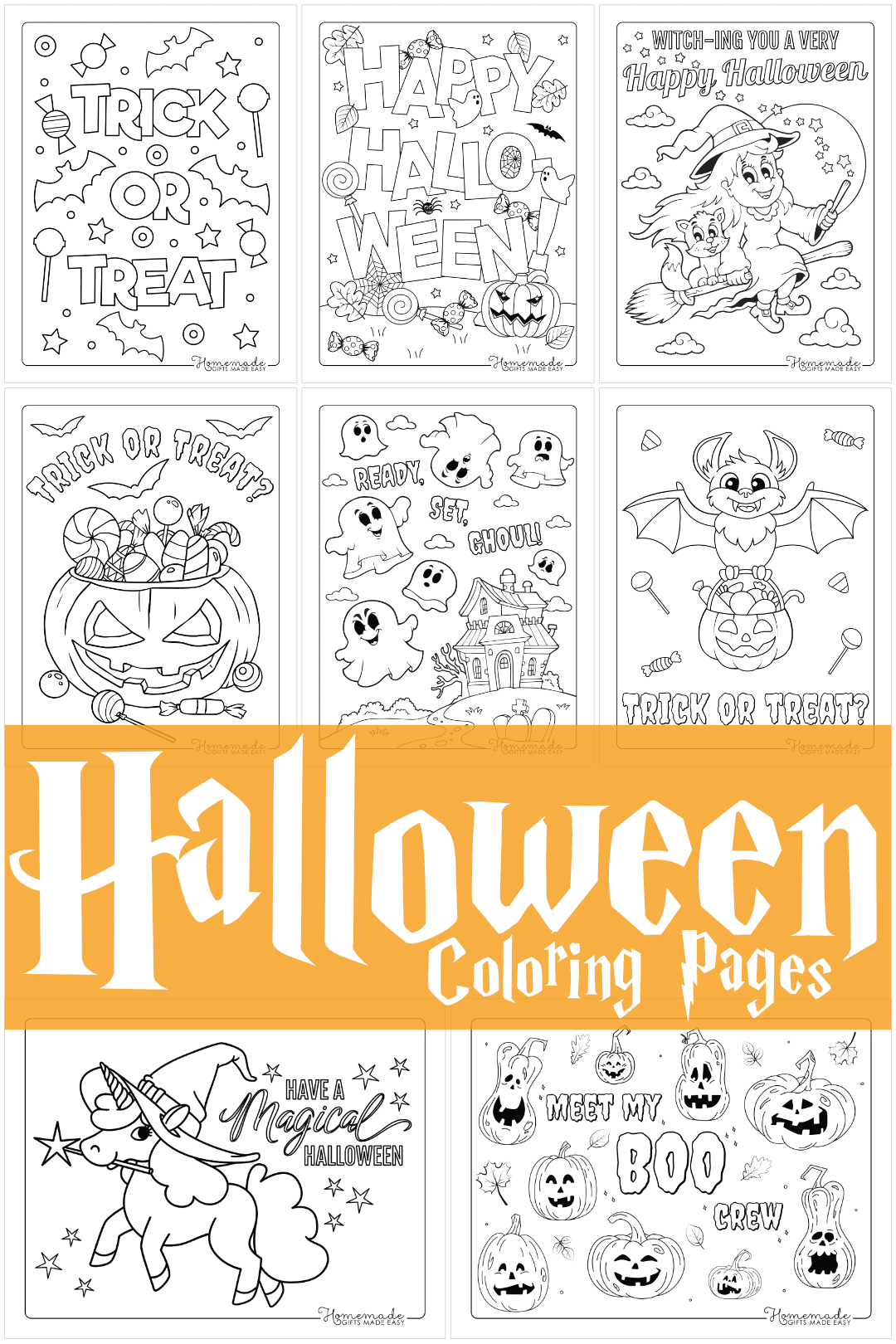Last updated: April 1, 2024
What does green and orange make? These happy fall colors remind us of changing leaves and big gatherings with our loved ones. But we can do so much more with green and orange than simply decorating for Thanksgiving. Let’s look at all the fun ways to mix orange and green to make fun colors, shades, and tints.

There are many ways to blend orange and green. You can use paint, markers, crayons, and more. How you mix the colors will influence your result. So before you grab your supplies and go to town, take a look at these tips for how to mix green and orange.
Mixing Orange and Green |
Blending Brown |
Fun Shades of Brown |
Secondary Colors |
How to Make Your Own Orange or Green |
Using Green and Orange
What Color Does Orange and Green Make?
Let’s just get this out of the way. Orange and green typically make brown. When you mix these two colors, often it will result in some neutral shade. However, there’s so much more to it than that. If you want to know even more to add the perfest sepia and brown shades to your arts and crafts, read on.
Green and Orange Make Brown
Yes, green and orange make brown, but there’s a lot more to brown than what meets the eye. People think of brown as boring, but if you mix green and orange the right way, you can get a lot of interesting variations.
For example, two bright shades, such as cadmium orange and cadmium green, will result in a bright, rich, warm shade of brown. However, if you use a more muted, cool green in place of cadmium green, you will get a cooler brown. Sometimes, orange and green make gray instead. It really depends on which types of orange and green you start with.
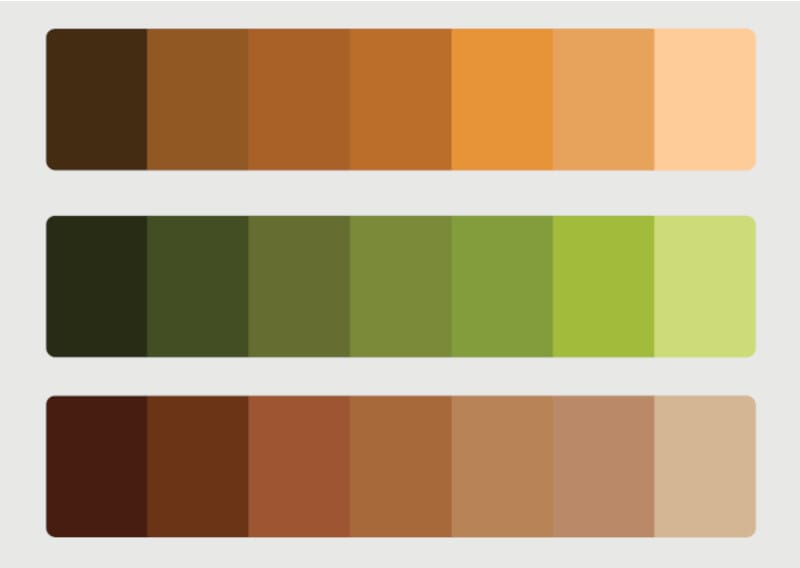
Other Colors Green and Orange Make
The same is true for all the other wonderful colors you can make with green and orange. When you get started mixing, whether it’s with paint or pencil, you’ll find that you can create so much more than brown. And, just like with blending brown, different greens and oranges will yield different results. That’s why it’s a good practice to always pay attention to how bright or dark, warm or cool, vibrant or unsaturated your green and brown are before you start mixing.
Pumpkin
Pumpkin orange is a bright, vibrant, striking color that you can make from orange and green. If you start with orange and add just a tiny, tiny touch of a bright green. This adds depth to that orange, which will take it from a basic bottle orange to an eye-catching pumpkin shade. Just be cautious. This color is technically a kind of orange, so you don’t need to add much green at all.
Olive
Olive is a subtle color that leans more toward green than orange. Make olive by starting with a warm green and adding a warm orange to it. Stick to colors that are on the less saturated end of the scale. Making olive is very similar to using orange and green to make gray or brown. You need to stop before you actually reach gray or brown, however. So you may find you want to add just tiny bits of color at a time to reach this hue.
Pear
Pear is similar to olive, but brighter. Use orange and green to make pear by choosing bright shades of orange and green. They will naturally make each other a bit more gray or brown. Lean more heavily on the green tone, and add little bits of orange to achieve pear.
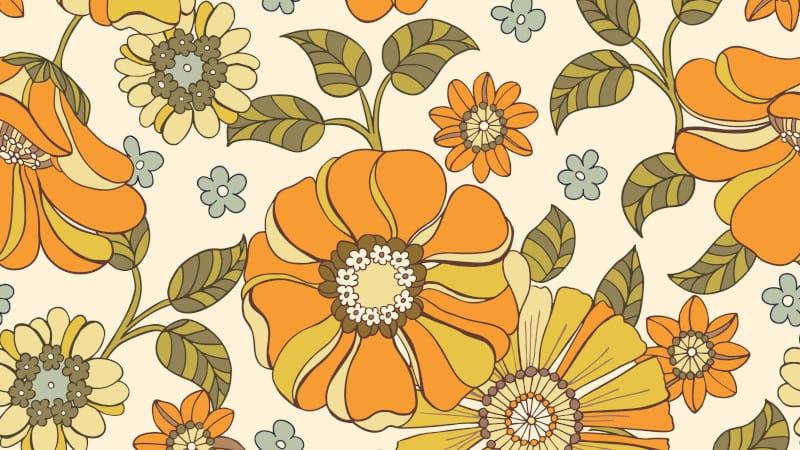
What Are Green and Orange?
Green and orange are both secondary colors. What does that mean? Well, the primary colors are blue, red, and yellow. The secondary colors, and all other colors, come from those three.
That sounds crazy, right? But it’s true! You can make orange, green, and violet, the secondary colors, from just the three primary colors. Blue and red make purple, after all. Then there are tertiary colors. These are shades like blue-green and yellow-green that come from mixing a primary color with a secondary color.
Shades, Tints, and Tones
But it doesn’t stop there. Shades, tints, and tones can play a major role in all this. Remember how we mentioned that a bright green results in pear but a duller green results in olive? That’s partially because of shades, tints, and tones.
A shade is any color mixed with black. So if you mix green and black it makes a darker green, perhaps the kind of green you would use to make olive. If you mix green with white instead, you are making a tint. This results in a lighter green, of course. Lastly, you can mix colors with gray to make different tones. All of this changes the color to give you different results when color mixing. So when wondering what green and orange make, you also need to consider what shade, tint, or tone of green and orange you’re working with.
Making Green and Orange
What if you want to make green and orange themselves? As we noted above, these colors are secondary colors. So you can make them quite easily using just the primary colors. But if you want to get fancier, keep in mind shades, tints, and tones to adjust your colors to your exact preference.
How to Make Green
Mix yellow and blue to make green. Sounds simple, right? But pay attention to what kind of yellow and blue you use while mixing. A vibrant yellow but a dark blue can mean a darker green. Bright blue and bright yellow make a brighter green. Then you can add white, gray, or black to adjust further.
How to Make Orange
Red and yellow make orange. But once again, there’s a whole range of oranges you can end up with. Try playing around with the red and yellow you use to make orange. You have nothing to lose by experimenting, and you never know what you might learn!
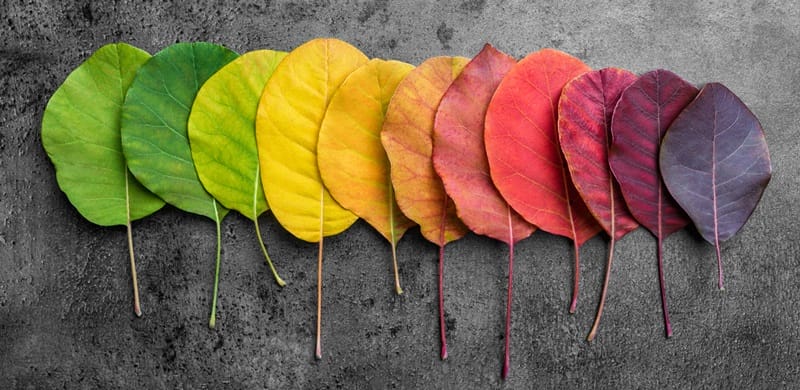
Using Green and Orange
You may have noticed that a lot of our answers to “what does green and orange make” have been foods: pumpkin, pear, olive. That’s not an accident! These colors are found frequently in nature, and that means a lot of fruits and vegetables also come in shades of orange and green.
But you can use orange and green in a lot more than just food. Because of their natural harvest theme, green and orange make great colors for decorating around Thanksgiving or in fall. Or spice up your Halloween decorations by adding dashes of green to all that orange! Conversely, add a bit of orange to all your spring greenery. Read on for more specific suggestions!
Halloween
We think of Halloween as a very orange holiday, and that’s true, but green compliments orange really nicely, so there’s no reason you have to stick only to orange for your Halloween decorations. While you’re carving up your pumpkins, consider adding some green to your jack-o’-lanterns. Or simply keep the leaf or vine attached to the pumpkin for a nice touch of green among your Halloween decorations.
Fall
Fall is a great time to use orange and green to make some fun arts and crafts. Green and orange abound during fall, whether it’s in fields full of pumpkins waiting to be harvested or overhead among the changing leaves. Color leaves in green and orange, or find some real ones outside! You can also add some general seasonal decorations around your home or classroom in orange and green. This could be candles that leave your house smelling fresh and autumnal, or coloring book pages you do with your kids.
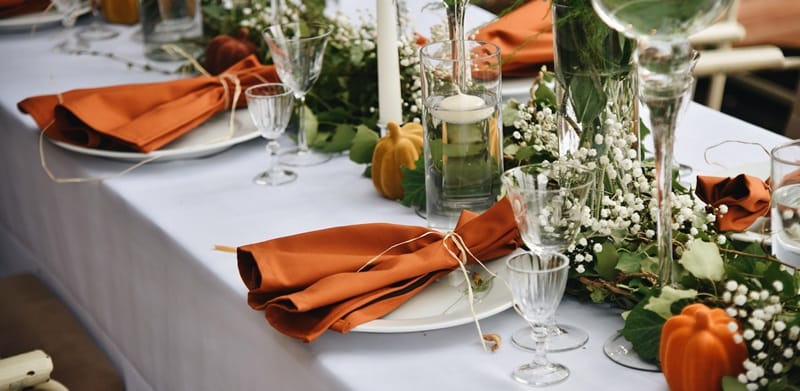
Thanksgiving
We can’t talk about fall without mentioning Thanksgiving! But amid all the vibrant reds and golds of the season, don’t forget orange and green. They can make for great table dressings for a Thanksgiving meal with loved ones. Or you can color in your own hand-drawn Thanksgiving turkeys with orange and green. And while you’re making Thanksgiving cards for family and friends, add a personal touch by coloring them yourself with orange and green to make them truly unique.
Spring
You don’t need to use orange and green only in the fall. You can also use these colors in spring! Spring is a great time to plant those pumpkins you’ll be carving during Halloween. Or maybe you want to sneak orange and green into your Easter crafts. There’s no reason you can’t color Easter coloring pages in orange and green or make orange and green Easter eggs.
Try These Thanksgiving and Halloween Coloring Book Pages
It’s time to put those green and orange coloring skills to use! Check out these free printable Thanksgiving and Halloween themed coloring book pages that you can print out and enjoy any time you like.
What Other Colors Can I Make?
Check out these easy guides for making even more fun color combinations!
Complementary Colors
Red and Blue Make Purple
Mixing Blue and Pink
Green and Yellow Make
Blue and Green Make
Pink and Green Make
What Does Orange and Blue Make?
Red and Green Make Brown
What Color Does Green and Orange Make?
Purple and Yellow Make Mauve
Red and Purple Make
